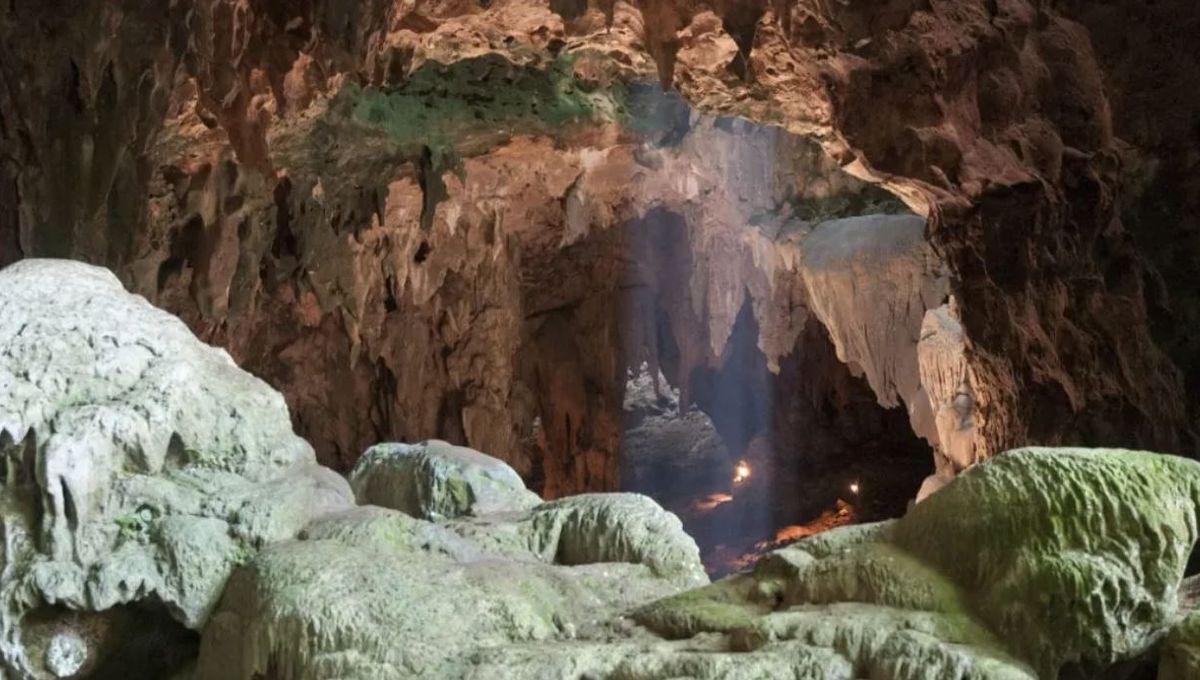
A tiny ancient human that lived on Luzon Island in the Philippines over 50,000 years ago died at the age of 31, according to a new analysis of the specimen’s teeth. Belonging to the species Homo luzonensis, the miniature hominid was probably less than 1.2 meters (4 feet) tall when fully grown and may have shared some of its characteristics with modern-day chimpanzees.
To date, the only traces ever found of this strange diminutive human are in the form of a few hand and foot bones and a scattering of teeth, all of which were discovered at Luzon’s Callao Cave. Belonging to three separate individuals, the oldest remains are thought to have a minimum age of 67,000 years, while some of the teeth have been dated to at least 50,000 years ago.
In an as-yet un-peer reviewed study, researchers describe how they used synchrotron radiation tomography to count the yearly cement lines in three teeth from a single individual. In doing so, they noticed that H. luzonensis had a dental eruption pattern similar to that of chimps, but which is also present in about five percent of the modern human population.
This, in turn, suggests that the species might have had an ape-like developmental pattern. Assuming this to be the case, the cement lines present in the specimen’s teeth indicate that it reached the grand old age of 31.
Speaking to IFLScience, study author Dr Anneke van Heteren explained that “this is the first time we’ve used multiple teeth from the same individual to find something out about the developmental pattern, in this case of a species that we don’t know much about because we’ve only got a couple of finger and toe bones, part of a juvenile thigh bone and a couple of teeth.”
Because developmental pattern is correlated with traits like brain size, life expectancy and age at first reproduction, the results of this study bring us closer to understanding more about the physiology of H. luzonensis. For instance, if the species really did exhibit chimp-like development then “a lot of the life history traits might have been more similar to apes or perhaps intermediate between humans and apes,” van Heteren says.
“So you would expect age of first reproduction to be sooner, you would expect them to finish growing sooner than modern humans, and you would also expect them to die sooner than modern humans.”
For now, though, van Heteren says that such assumptions are “just speculation” as it’s impossible to reconstruct the life history of a species from a single individual. “To draw conclusions about an entire species we feel is too speculative at the moment but it’s something that is theoretically possible in the future if we have more information from more specimens,” she says.
“If you have more individuals you can start saying things about life expectancy – is it normal for them to die in their thirties or was he or she a very old or a very young individual to die at that age?”. Bearing in mind that we don’t know if this specimen died of natural causes, it’s far too soon to start making any generalizations about this enigmatic species.
In their write-up, the authors draw some interesting comparisons between H. luzonensis and Homo floresiensis – another island-dwelling miniature hominid that lived in Indonesia until about 50,000 years ago. Despite the recent disappearance of the species, analyses have indicated that it had a brain size comparable to that of chimpanzees, thus establishing the possibility that the same could be true of the ancient inhabitants of Luzon.
The study is currently available as a preprint on bioRxiv.
Source Link: Mysterious Ancient Dwarf Hominid Was 31 Years Old When It Died